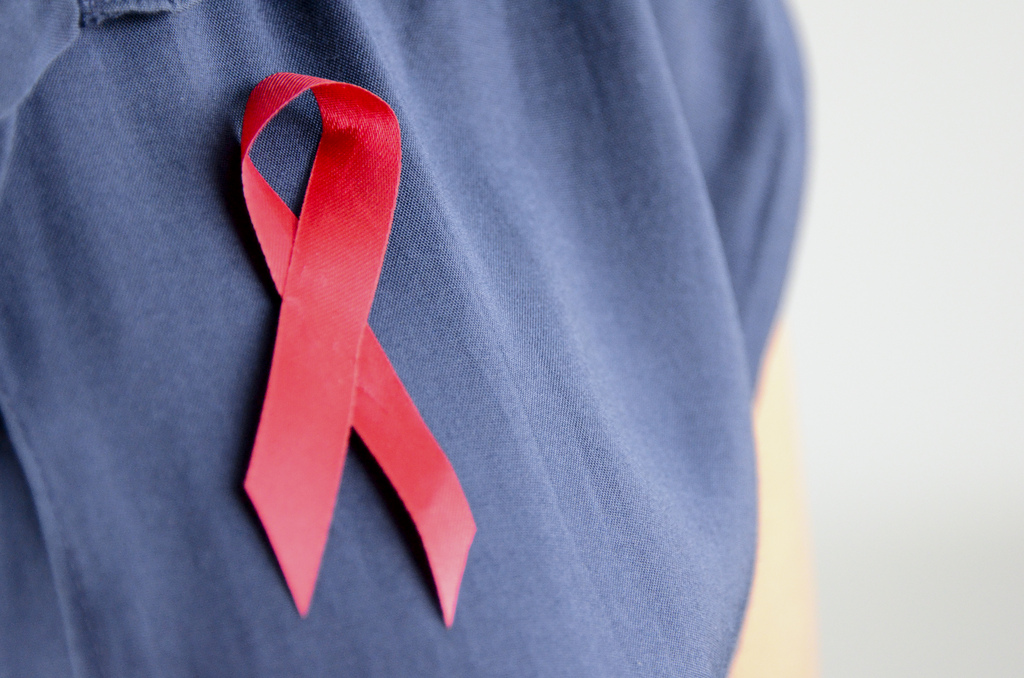Every movement has its moments. The quest to defeat HIV has had more
than its share, both exhilarating and devastating. Yet through it
all, the global community has come together in the most positive ways:
Researchers remained undeterred. Advocates were indefatigable.
Leaders chose to prioritize HIV, not ignore it. Patients bravely
refused to succumb to resignation. Today, we have the knowledge and
tools to send the HIV epidemic into irreversible decline. The key is
getting everyone living with HIV, who is eligible for treatment, on
antiretroviral drugs (ARVs), as soon as we possibly can.
This week in Kuala Lumpur the World Health Organization (WHO)
announced its new Consolidated Guidelines on the Use of Antiretroviral
Drugs for Treating and Preventing HIV Infection, a document whose long
descriptive title belies the extraordinary developments it relays. In
a nutshell, the document recommends a major stepping up of HIV
treatment with proven drugs. And in doing so, it lays the path for a
quantum leap ahead in bringing the epidemic under control.

We are at a tipping point in the fight against AIDS. The evidence is
overwhelming that antiretroviral drugs (ARVs) work, and work
powerfully. They prolong and save lives. They make people living with
HIV healthier and bring security to affected families. As ARVs lower
the amount of virus in the body, the likelihood of HIV transmission
also plummets. This means people with HIV on ARVs are far less likely
to transmit the virus to others. Not only are sexual and drug-using
partners protected. When pregnant women with HIV are placed on ARVs,
this prevents virus transmission to the child - a successful
intervention that has allowed the 22 highest-burden countries to
report a 38-percent decline in mother-to-child transmission of HIV
since 2009.
With this knowledge in hand, WHO is recommending earlier initiation of
treatment for people with HIV, raising the "CD4 count" threshold that
would qualify a person for treatment from 350 to 500 (the CD4 count is
a key indicator of the strength of the immune system - the higher the
count the stronger the immune system). By getting more people on
treatment earlier, we will save lives, make people healthier and
reduce virus transmission to others. WHO's recommendations translate
into an increase in the number of people eligible for antiretroviral
therapy, from nearly 17 million to 26 million. This means treating
adults, adolescents and children earlier in the disease cycle, as well
as immediately treating all pregnant and breastfeeding women and
certain populations with other conditions, such as tuberculosis and
hepatitis B liver disease.
If countries fully implement these recommendations, it is estimated
that we would save an additional three million lives and prevent an
additional 3.5 million infections - from 19 down to 15.5 million -
between 2013 and 2025, over and above those saved by the current WHO
guidelines.
Some 10 million people are now receiving ARV therapy (ART). This
signals incredible progress over the last ten years: in 2002 only
about 300,000 persons in low-income and middle-income countries were
able to access lifesaving treatment. The challenge now is to move
from 10 million to 26 million people covered. To do so we must make
meeting this challenge a global priority. We must enable everyone
who is at risk to get tested, and we must act proactively to ensure
that those who are eligible for treatment are provided with an
opportunity to begin ART as soon as possible. There is money to get
the job done, but unlocking and focusing funds requires an
acknowledgement that ART is a critical path in the HIV response,
complementing already proven HIV prevention strategies.
Game-changing recommendations like this are best when all stakeholders
are engaged in the process. For this reason, WHO developed these
guidelines in consultation with people living with HIV,
representatives of country programs from all affected regions, civil
society thought leaders, technical experts, implementing partners,
development agencies and key UN agencies.
Sending the HIV epidemic into a tailspin is a long-sought dream.
Making it a reality requires the kind of bold action that WHO, and the
many experts that advise this agency, are guiding the world to take.
Raymond Chambers, UN Secretary-General's Special Envoy for Financing
the Health Millennium Development Goals and for Malaria
Dr. Margaret Chan, Director-General, World Health Organization